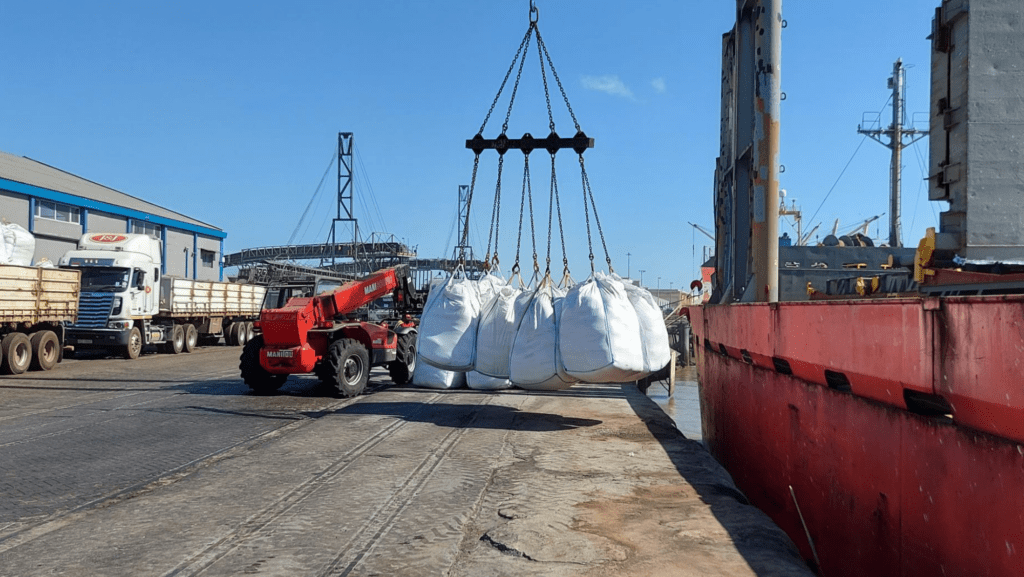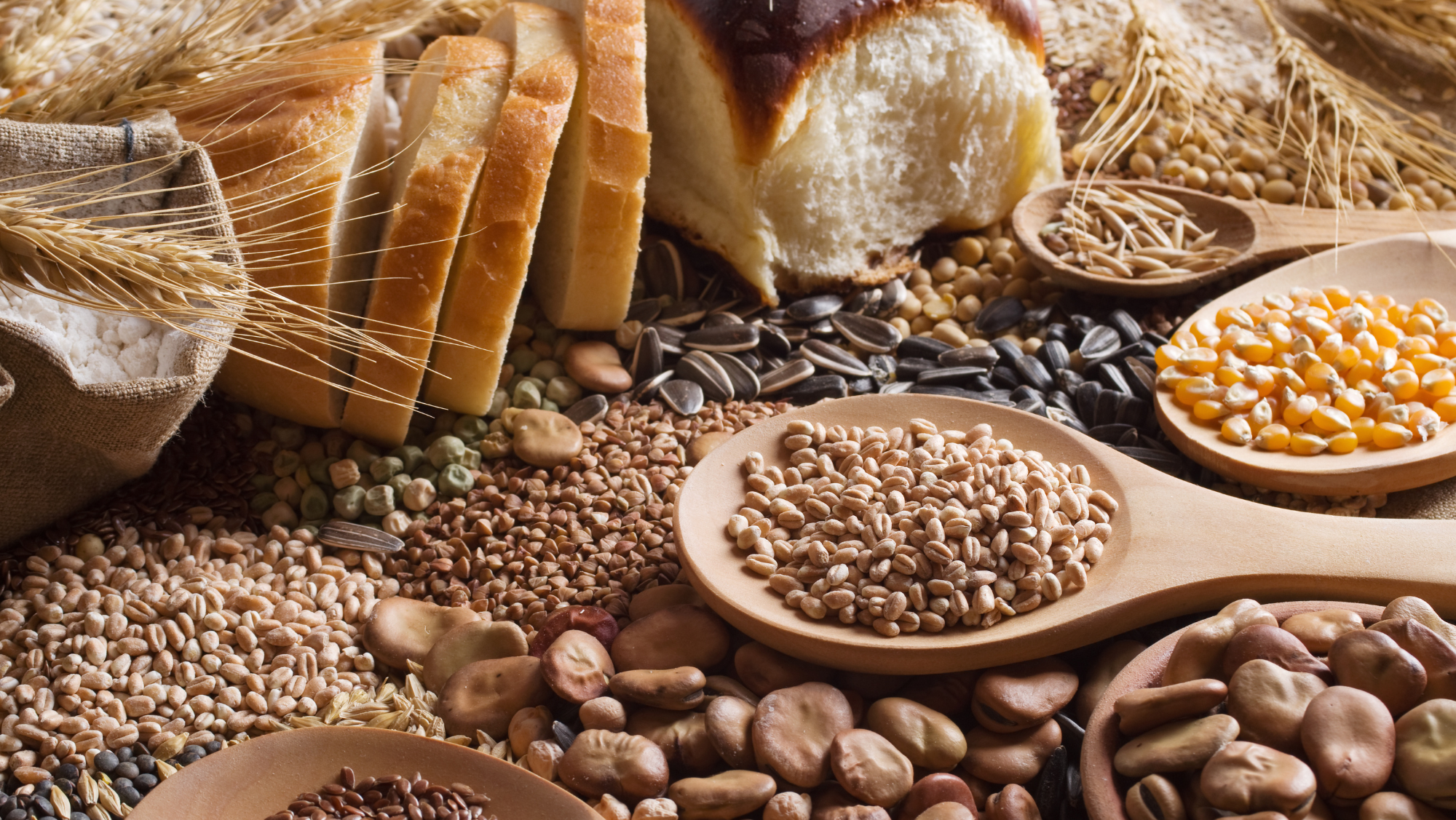Africa, with its diverse climates and vast landscapes, has a rich agricultural history that spans millennia. As the continent continues to grow and urbanise, the importance of grains remains paramount. This blog will delve into the role of grains in Africa, exploring their historical significance, current trends, and future prospects, particularly in light of the new Bulk Grain Terminal in Nacala Port, Mozambique.
The Historical Significance of Grains in Africa
Grains have been a cornerstone of African diets and agriculture for thousands of years. Ancient civilizations, such as Egypt, were built on the cultivation of grains like wheat and barley. In other parts of Africa, indigenous grains such as sorghum, millet, and teff have sustained communities through varying climates and periods of drought.
Sorghum, for example, is one of the oldest known grains and has been a staple in the diets of many African communities due to its resilience to harsh weather conditions. Millet, similarly, thrives in arid environments and has been crucial for food security in regions with unpredictable rainfall.
Current Trends in Grain Production and Consumption
Today, grains continue to play a crucial role in the African economy and diet. Maize (corn) is now one of the most widely grown crops, serving as both a staple food and a cash crop. Nigeria, South Africa, and Egypt are some of the leading producers of maize on the continent.
However, traditional grains like sorghum and millet are seeing a resurgence due to their nutritional benefits and adaptability to climate change. These grains are rich in essential nutrients and are often more drought-resistant than maize, making them valuable crops in the face of global warming. Rice consumption is also on the rise in Africa, driven by urbanization and changing dietary preferences. Many African countries import significant quantities of rice to meet the growing demand, highlighting the need for improved infrastructure to enhance food security.

The New Bulk Grain Terminal in Nacala Port: A Game Changer
The construction of the new Bulk Grain Terminal in Nacala port, Mozambique, marks a significant milestone in the continent’s agricultural landscape. This state-of-the-art facility is poised to provide a much-needed boost to local and regional economies.
The terminal will enhance the efficiency of grain imports and exports, reducing costs and improving supply chain reliability. This is particularly important for landlocked countries in Southern Africa, which rely on ports like Nacala for access to international markets.
Future Prospects and Challenges
The future of grain production in Africa is filled with both opportunities and challenges. On one hand, advancements in agricultural technology, better infrastructure, and increased investments are paving the way for higher productivity and food security. The new Bulk Grain Terminal in Nacala port is a testament to this positive trajectory.
On the other hand, challenges such as climate change, land degradation, and political instability can hinder progress. Addressing these issues requires concerted efforts from governments, private sectors, and international organizations.
Grains have been and will continue to be a vital part of Africa’s agricultural heritage and future. The new Bulk Grain Terminal in Nacala port is set to play a crucial role in enhancing the continent’s food security and economic growth. As we look to the future, it is essential to embrace sustainable practices and innovations that will ensure the prosperity of Africa’s grain industry for generations to come.
